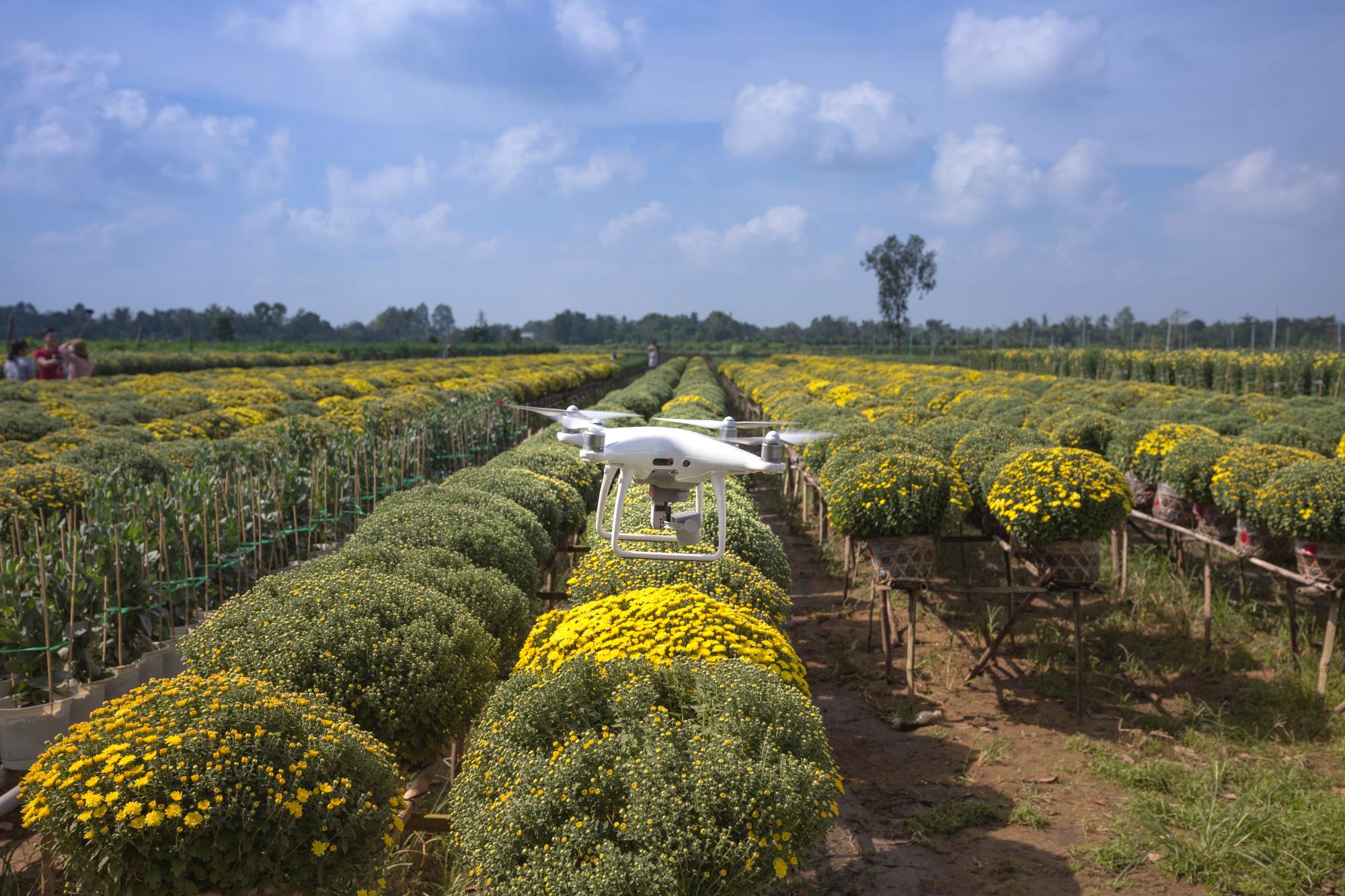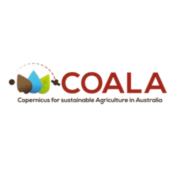Precision Agriculture – Benefits and Barriers

This post is also available in:
This post is also available in:
![]() Français (French)
Français (French) ![]() Deutsch (German)
Deutsch (German) ![]() हिन्दी (Hindi)
हिन्दी (Hindi) ![]() العربية (Arabic)
العربية (Arabic) ![]() Türkçe (Turkish)
Türkçe (Turkish) ![]() 简体中文 (Chinese (Simplified))
简体中文 (Chinese (Simplified)) ![]() Ελληνικά (Greek)
Ελληνικά (Greek) ![]() Português (Portuguese (Brazil))
Português (Portuguese (Brazil))
What is precision agriculture?
In the 1990s Global Navigation Systems were first commercialised, and a new stage in Aussie Agriculature began. By being able to use digital information along with geospatial tools, farmers and agriculturalists were able to start developing precision agriculture
Precision agriculture takes data collected by satellites and then converts them to knowledge that can support and inform farming decisions on the ground. The EU Copernicus programme uses a group of satellites – known as a constellation – which are called the Sentinels. These satellites hold instruments and technology that utilises light human eyes can see (red, green, blue), as well as infrared light that we can’t see.
Sentinel imagery can be ground-truthed with data from drones and on-ground sensors —for calibration and validation. These data enable agriculturalists to precisely monitor topsoil properties and crop conditions, crop evapotranspiration, crop water requirements, and nitrogen content in the soil. The Sentinel images and data can be developed as maps that have huge potential for aiding farmers in making water and nutrient saving decisions.
Advances in Artificial Intelligence (AI) and big data have, in turn, led agricultural data into being data-driven. There is research that suggests an increase in data-driven agriculture can lead to increased production value. AgTech is any innovation used across the value chain to improve efficiency, profitability and/or sustainability.
AgTech is varied and can include hardware as well as software, but also more theoretical applications of AgTecg include business models and new applications of already used technology. Although AgTech is still relatively new, in Australia there is growing attention to the field, even in sectors that have not had traditional involvement in agriculture.
How is it different from traditional methods?
Precision agriculture does involve deviations from conventional growing methods. However, it is designed to work with the methods that farmers already use. The data from satellites can present a larger temporal understaning throughout the growing season along with the ability to compare season yields year on year.
A concern that is often expressed with regard to the adoption of precision agriculture is how often the data is collected. The Sentinel-2 satellites transverse the Earth every five days, creating a new data set with every cycle. On a large-scale farm, this information would take much longer to collect if travelling on the ground by vehicle. The Sentinel-2 satellites collect information on Leaf area index, NDVI, soil water status, and fractional cover, along with other critical metrics. This information is available to the growers the day after the satellite revists the area. This frequent revisting allows the grower to calculate metrics such as evapotranspiration (ET), crop and irrigation water requirement (CWR, IWR) based on the last satellite acquisition and meteorological data forecast. For this reason, they are available every day up to date with a forecast of up to 5-10 days.
What are the benefits on farm and regionally?
Precision agriculture can provide information to growers with great accuracy. How much should I irrigate? When should I irrigate? There are daily fundamental choices that growers make when looking to create a successful growing season – for example, how much irrigation should be applied, and when should the crops be irrigated.
Precision irrigation can help improve water use efficiency, decreasing the water footprint in irrigated agriculture. For example, remote sensing in La Mancha Oriental, Spain helps control water usage in ~18400 plots of woody crops along with supporting monitoring of 3700 water meters, within 9968 km2. Remote sensing information makes it possible to locate the plots and wells that should be inspected with an objective selection criterion, saving labour and material resources.
Another benefit of using precision agriculture is that satellite image series can be used to produce maps quickly which show the history of a growing plot. These maps are called Management Zone Maps. A time series makes it feasible to understand the plot from season to season. This tool makes it possible to examine whether management affected the differences in a year or if patterns are being repeated, which could be cause by soil limitations. These maps are critical for different management tasks, such as taking samples in the distinct zones of the plot or for variable rate fertilisation, harvesting (production and quality) or sowing.
Another Example of Management Zones Maps derived from Sentinel-2 imagery for a farming area of Spain by Agrisat Iberia. The maps are used to determine crop nutrient requirements (e.g. nitrogen). They can guide the application of variable doses (variable-rate treatments) of fertilisers within paddocks. These maps help farmers to assess soil nutrient needs, soil and canopy water status, predict harvests, monitor seasonal changes in vegetation. They can use these data to make informed decisions in implementing and tracking strategies and interventions for sustainable water management. At a regional, state or national level, Management Zone Maps allow for independent and objective estimates of the cultivation extent, for example, supporting efforts to ensure food security in vulnerable areas.
Sentinel data has other uses beyond irrigation and nutrient application. These data can also be vital in environmental monitoring, such as drought-induced agricultural production and pasture productivity changes. The decline in land productivity and soil degradation due to excessive cultivation, overgrazing or improper irrigation.
What are the barriers to adopt?
While precision agriculture has many benefits to growers, there are barriers to this technology’s uptake. Challenges like digital literacy, limited internet, and perceived lack of relevance or value for money. Growers report feeling overwhelmed because there are a lot of data and a lot of rival products.
How does COALA fit in?
The COALA project is working to improve how the Copernicus satellites can support Australian agricultural professionals in using Copernicus-based products and services that were previously validated in Europe. COALA technologies and services are designed to help growers utilise more sustainable amounts water and nutrient (i.e. nitrogen application) in Aussie irrigated and rainfed agricultural systems. Our data is being ground-truthed in Australia to ensure that the transfer from Europe is applicable to the Australian context. We are constantly demonstrating that this Earth observation data is reliable as we want to help support a sustainable future in Australian agriculture.
The COALA partners have been working to create products and services that help build trust in Earth Observation products developed in validation and consultation with Aussie Farmers. Our partners at the University of Melbourne perform airborne and field campaigns to validate our data. Their airborne campaign is outfitted with multispectral and thermal cameras. In turn, these data are used to improve the core COALA algorithms. The calibration and validation process allows us to provide comprehensive information on sub-paddock crop growth, nutrient and water stress conditions and spatially detailed crop water consumption and cloud computing.









































































